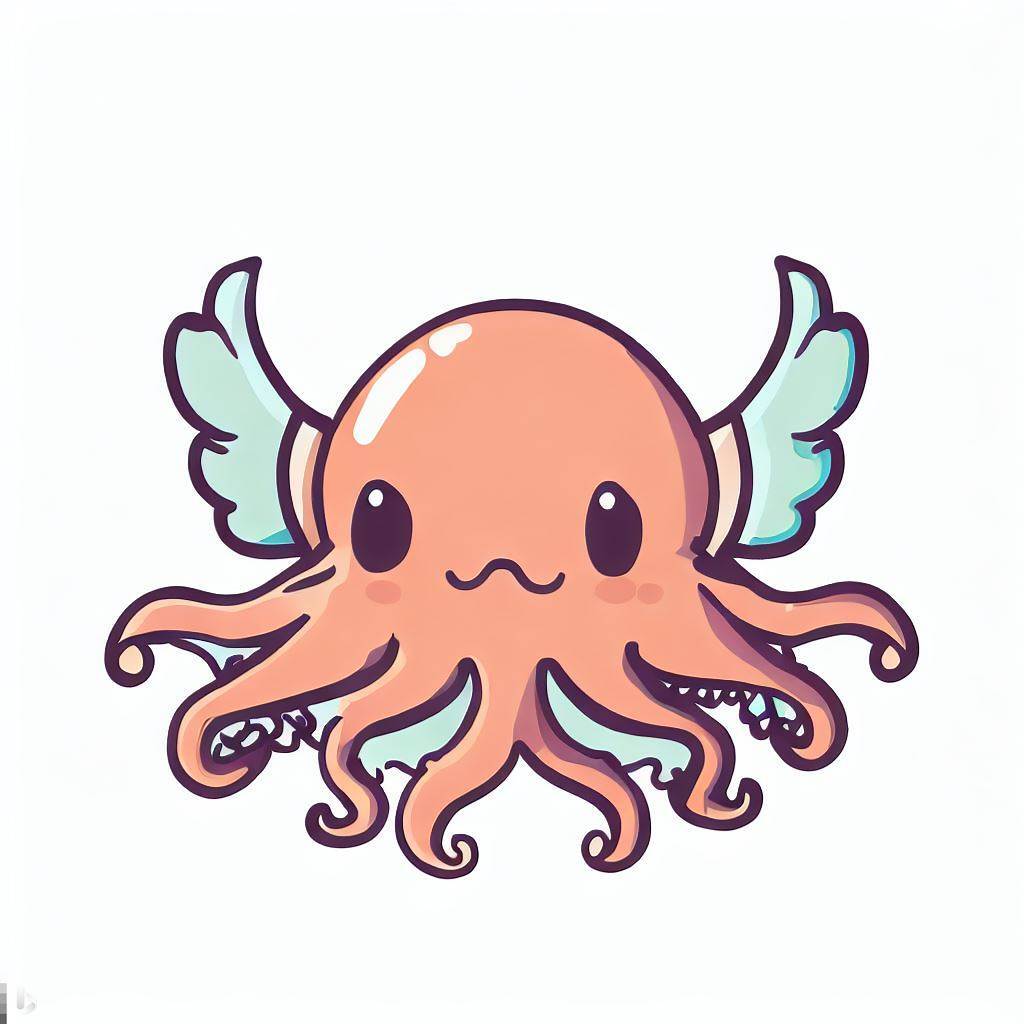When you make something that’s too big for your printer, how do you hide the seams from bonding when aesthetics are a priority?
I use a fair bit of 5 minutes epoxy, and try to make the mating parts have some sort of keying and registration, with both help with alignment and with strength of the joint.
Then I go over the seam with a sharp knife/chisel to remove any squeezeout and blend it.After that, it’s a whole lot of using putties, filler primer and sandpaper to get it smooth and hiding all the signs of it having been 3d printed and assembled.
I purchased a wood burning tool (like this one) and use it to “weld” the seams, then do some sanding. It’s a lot more post-processing than is typical for 3D printing but if you want something that looks nice, it’s hard to beat.
That’s kinda genius. I never would have thought to use my soldering iron for that. (Of course, I am big dumb dumb.) I’ll grab a sacrificial tip and give this a shot.
Here’s a video on it https://youtu.be/bZOORQ1Oj2A
Here is an alternative Piped link(s): https://piped.video/bZOORQ1Oj2A
Piped is a privacy-respecting open-source alternative frontend to YouTube.
I’m open-source, check me out at GitHub.
The cutting tool from prusaslicer works pretty well for this. For the aesthetics, I just try to align the cuts as natural as possible in the model.
One trick I use that helps a bit is to hit the two pieces with a hairdryer till they soften then press them together hard enough to mold together and let them cool/harden like that.
Will not eliminate the seams but makes them much less noticeable
I have been working on costume parts, my process with split pieces is first assemble with painter’s tape to get a test fit, disassemble, super glue the pieces together with locktite gel control, sand with 80 and then 220 grit, paint with rustoleum 2-in-1 sandable filler, fill in gaps and seams with bondo glazing spot putty, sand the entire thing with 220, and then repeat paint-bondo-sand until I am happy with the surface before I move onto actually painting.
Basically this process.
If I don’t want to paint something, and don’t care too much about layer lines, I’ll usually use super glue and then a wood burner to melt the edges together. It isn’t the prettiest, but it works fine.
Here is an alternative Piped link(s): https://piped.video/ZTE9bJyUO_8
Piped is a privacy-respecting open-source alternative frontend to YouTube.
I’m open-source, check me out at GitHub.
I have a welding iron (for electronics) with an electronic temperature selector. It’s less than $20. I can set it to 190°C and push the PLA to hide the seam.
Sandpaper.
Assuming you’re talking about FDM/FFF printing and not SLA or sintering:
There’s a bit of a catch-22 when it comes to mating flat 3d printed surfaces: The face that’s on the build plate will be the flattest and result in the smallest seam. It’s also the face most likely to be dimensionally inaccurate because of elephant footing, which can result in a ridge at the seam. And the easy fix for having an elephant foot it adding a chamfer, which results in a big visible seam. So my actual advice is:
- get your first layer super-duper dialed in
- then make sure “elephant foot correction” (or whatever your slicer may call it) is turned off in your slicer (or it’ll add a 0.4mm chamfer for you)
- make sure your mating faces are face down on the bed
- avoid textured build plates if you can
And if aesthetics are a high priority consider using an automotive filler primer (I buy it in spray cans) and then painting the piece after it’s glued. Filler primer will help hide the seam and layer lines.
On a few recent prints, I’ve used a bondic pen (https://www.amazon.com/Bondic-Activated-Waterproof-Resistant-Anything/dp/B00QU5M4MG) that I had lying around for seams on resin models. I haven’t primed them yet to tell how well it works, but the glue goes in quite thin and the surface tension seems to make a clean fill.
I saw this video from Uncle Jessie’s recently. Only just got in to 3d printing myself so I haven’t tried it but others here have mentioned it and video speaks for itself.
Here is an alternative Piped link(s): https://piped.video/bZOORQ1Oj2A
Piped is a privacy-respecting open-source alternative frontend to YouTube.
I’m open-source, check me out at GitHub.
I’m a big fan of welding parts together using a 3D pen and the filament I printed with. Then, if it’s not super clean, I make the edge flush with a small chisel.
That or uv adhesive to tack parts together and then CA glue and remove the adhesive.
I just bought a bigger printer. No more seams! Realistically though, plastic welding or epoxy and paint, and a whole lot of sanding.
Weld-on 3 or 4
Make the seams to print in one place in the slicer and grind the place off





